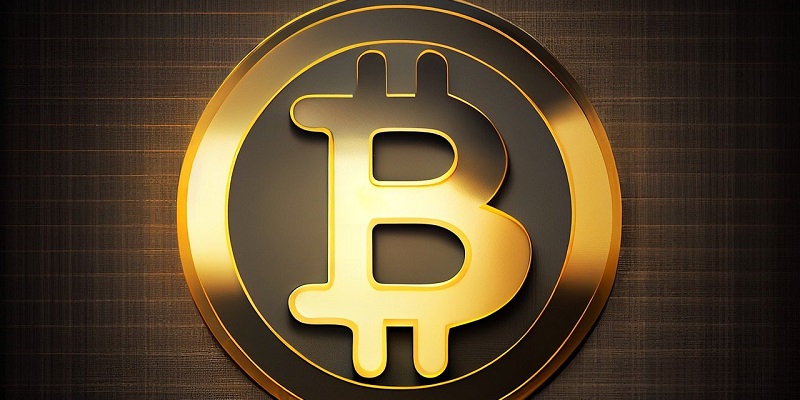Bitcoin Spark (BTCS) has emerged as a formidable contender within the cryptocurrency community, drawing comparisons to established giants such as Ethereum (ETH) and Bitcoin (BTC). This article explores the claims made by mining enthusiasts that position Bitcoin Spark as a superior alternative. We delve into the intricacies of Bitcoin mining, the transition of Ethereum’s consensus mechanism, and the innovative Proof-of-Process (PoP) consensus mechanism used by BTCS. Furthermore, we highlight the lightweight and accessible nature of the Bitcoin Spark network, its mining process, and the Early Coin Offering (ICO) opportunities for investors.
Uncovering the claims of mining enthusiasts
Mining enthusiasts have been vocal about Bitcoin Spark’s potential to surpass mainstream players in the crypto world. Their optimism is largely based on the technical advancements and features that BTCS offers, which differentiate it from Ethereum and Bitcoin.
The complexities of Bitcoin mining
Bitcoin mining is a complex process involving the solving of cryptographic puzzles to validate and record transactions on the Bitcoin blockchain. Miners dedicate computational power to compete against each other to solve these puzzles, ensuring the transparency and security of the network.
Ethereum’s consensus mechanism
Recognizing the limitations of a Proof-of-Work (PoW) system, Ethereum made a transition towards a more energy-efficient and scalable consensus mechanism called Proof-of-Stake (PoS). This development has enabled Ethereum holders to become validators by locking up a specific amount of ETH as collateral and participating in the network’s consensus process.
Introducing Bitcoin Spark’s Proof-of-Process (PoP)
Bitcoin Spark sets itself apart with its innovative PoP consensus mechanism, blending aspects of both PoW and PoS. PoP rewards miners for confirming blocks and contributing to the processing power of their devices. This unique approach aims to strike a balance between security, energy efficiency, and accessibility.
The lightweight and accessible nature of Bitcoin sparks
One of Bitcoin Spark’s notable features is its lightweight network. This allows lower-power devices to participate efficiently in network operations and mining activities. The increased accessibility empowers a wider range of users to engage in the Bitcoin Spark ecosystem.
BTCS Mining Process and the Bitcoin Spark Application
Mining BTCS will be facilitated through the Bitcoin Spark application, which is set to become open source for third-party application development after the network’s launch. This move encourages collaborative innovation and promises to introduce new and exciting use cases for BTCS in the future.
Initial Coin Offering (ICO) Opportunities
Investors seeking early access to BTCS have the opportunity to participate in the Bitcoin Spark ICO. This ICO offers BTCS tokens at discounted prices, allowing investors to acquire a stake in the project early on. This attractive investment opportunity adds an element of exclusivity while fostering community involvement.
Bitcoin Spark (BTCS) has garnered attention within the crypto community due to its unique features and potential for outperforming established players like Ethereum and Bitcoin. With the introduction of the Proof-of-Process consensus mechanism, Bitcoin Spark combines the strengths of both Proof-of-Work and Proof-of-Stake, highlighting its commitment to energy efficiency and accessibility. Its lightweight network further promotes inclusivity and encourages the participation of a broader user base. The BTCS mining process through the Bitcoin Spark application and the upcoming ICO presents investors with attractive prospects for early involvement. As the project evolves, it is poised to unlock new opportunities and contribute to the ongoing innovation within the crypto space.

